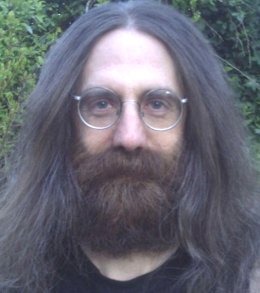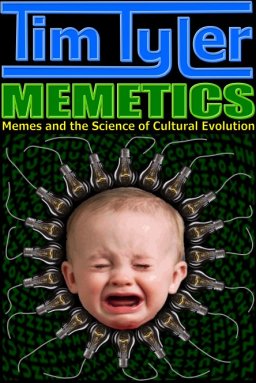 In Daniel Dennett's 1995 book "Darwin's Dangerous Idea" he describes a concept he calls the Tower of Generate-and-Test. This is a kind of model of the evolution of intelligent agents. A summary of the tower, starting from the bottom:
In Daniel Dennett's 1995 book "Darwin's Dangerous Idea" he describes a concept he calls the Tower of Generate-and-Test. This is a kind of model of the evolution of intelligent agents. A summary of the tower, starting from the bottom: - Darwinian creatures - use natural selection as the generate and test mechanism.
- Skinnerian creatures - can learn by simple reinforcement learning.
- Popperian creatures - have a world model, can virtualize sense data and test actions under simulation.
- Gregorian creatures - tool makers including language and culture.
- Scientific creatures - Dennett proposes that the scientific method warrants a further floor of the tower.
- Walterian creatures - artificial, engineered creatures, named after W. Grey Walter, robot inventor.
If you consider the class of all optimisation processes, you get a rather different picture. Describing each stage in terms of what it adds to the previous level of the tower - and starting from the bottom:
- Stateless search - optimization with no memory - e.g.: random search.
- Serial search - uses one agent - e.g.: Newton-Raphson.
- Parallel search - uses multiple agents - e.g.: simulated-annealing.
- Splitting - uses agents that can divide and reproduce - e.g.: a simple asexual genetic algorithm.
- Merging - uses agents that can merge together - e.g. sexual reproduction and parasitism.
- Learning - uses evolving agents that can additionally learn.
- Virtualisation - uses agents that can perform most evaluations under simulation.
- Culture - uses agents that have developed cultural transmission.
- Artefact symbiosis - the memes start to build tools, minds and bodies for themselves.
- Genetic engineering - the agents apply their tools to their own germ-line.
- All-engineered - uses entirely engineered agents - e.g.: machine intelligence and robots.










No comments:
Post a Comment